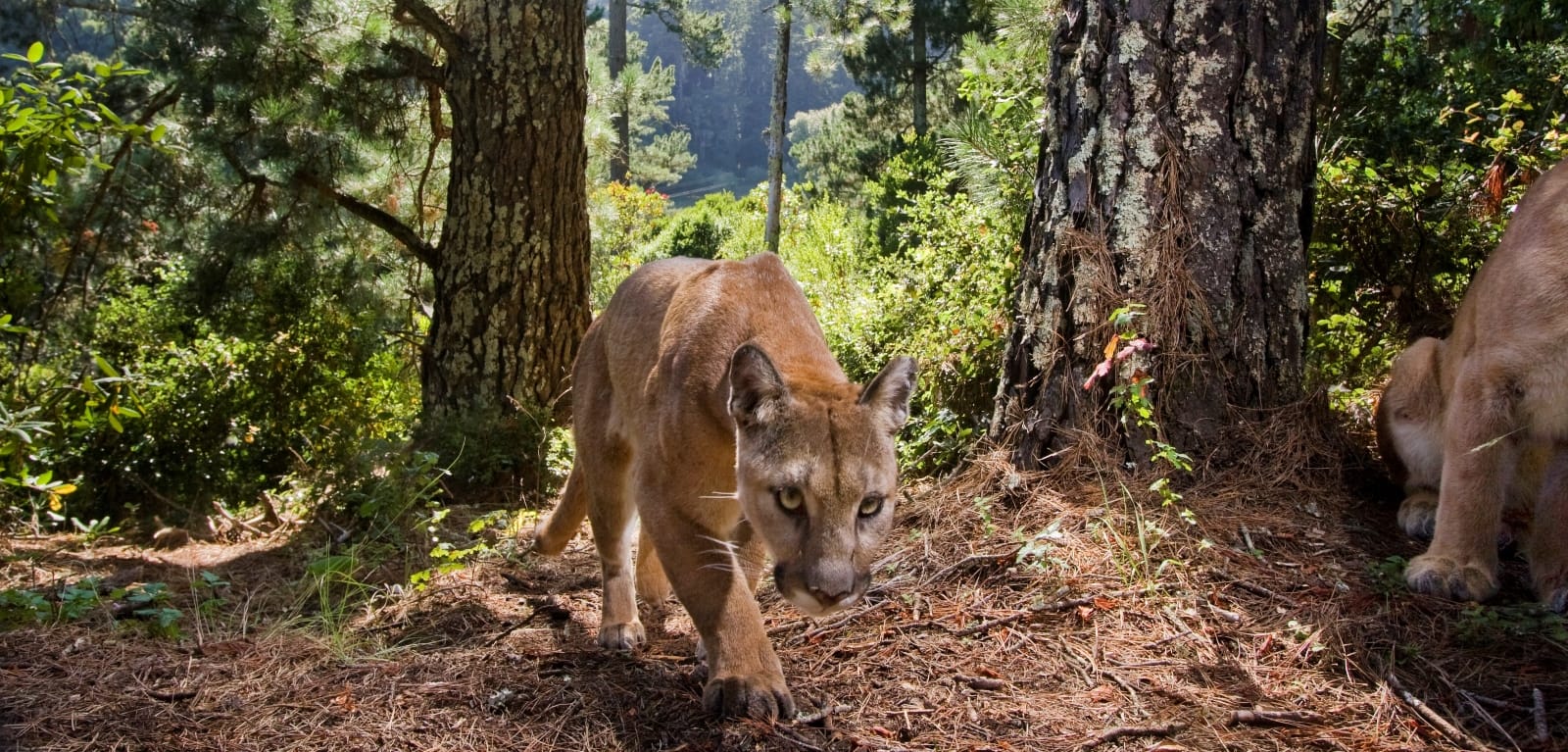Mountain lions, also known as cougars or pumas, are a keystone species in western North America, playing a crucial role in maintaining the balance of their ecosystems. However, as human recreation and development continue to expand into mountain lion habitats, concerns have been raised about the impact of human activity on these big cats. A recent study published in the Journal of Mammalogy has shed new light on how mountain lions are responding to the growing presence of humans in their territory.
The study, led by researchers from the University of Wyoming and the University of California, Berkeley, analyzed data from over 1,000 mountain lion locations in the western United States. The data was collected using GPS collars and camera traps, providing a comprehensive understanding of mountain lion behavior and habitat use.
One of the key findings of the study was that mountain lions are altering their activity patterns in response to human recreation. In areas with high levels of human activity, such as hiking trails and ski resorts, mountain lions were found to be more active at night and less active during the day. This is likely an adaptation to avoid encounters with humans, who are more active during the day.
The study also found that mountain lions are changing their habitat use in response to human activity. In areas with high levels of human recreation, mountain lions were found to be using higher-elevation habitats and areas with more cover, such as forests and rocky outcroppings. This suggests that mountain lions are seeking out areas that provide more seclusion and protection from human disturbance.
In addition to changes in activity patterns and habitat use, the study found that mountain lions are also altering their diet in response to human activity. In areas with high levels of human recreation, mountain lions were found to be eating more deer and elk, which are abundant in these areas. This suggests that mountain lions are adapting to the changing prey base in areas with high levels of human activity.
The study’s findings have important implications for conservation and management of mountain lion populations. As human recreation and development continue to expand into mountain lion habitats, it is essential that conservation efforts focus on preserving and restoring habitats that provide the necessary cover and seclusion for mountain lions.
“Our study highlights the need for conservation efforts to focus on preserving and restoring habitats that provide the necessary cover and seclusion for mountain lions,” said Dr. James Johnston, lead author of the study. “By understanding how mountain lions are responding to human activity, we can develop more effective conservation strategies to protect these amazing animals.”
The study’s findings also have implications for human safety. As mountain lions become more habituated to human activity, the risk of encounters between humans and mountain lions increases. By understanding how mountain lions are responding to human activity, conservation efforts can focus on reducing the risk of encounters and promoting coexistence between humans and mountain lions.
In conclusion, the study’s findings provide valuable insights into how mountain lions are adapting to the growing presence of human recreation in their habitats. By understanding these adaptations, conservation efforts can focus on preserving and restoring habitats that provide the necessary cover and seclusion for mountain lions, ultimately promoting the long-term survival of these amazing animals.



